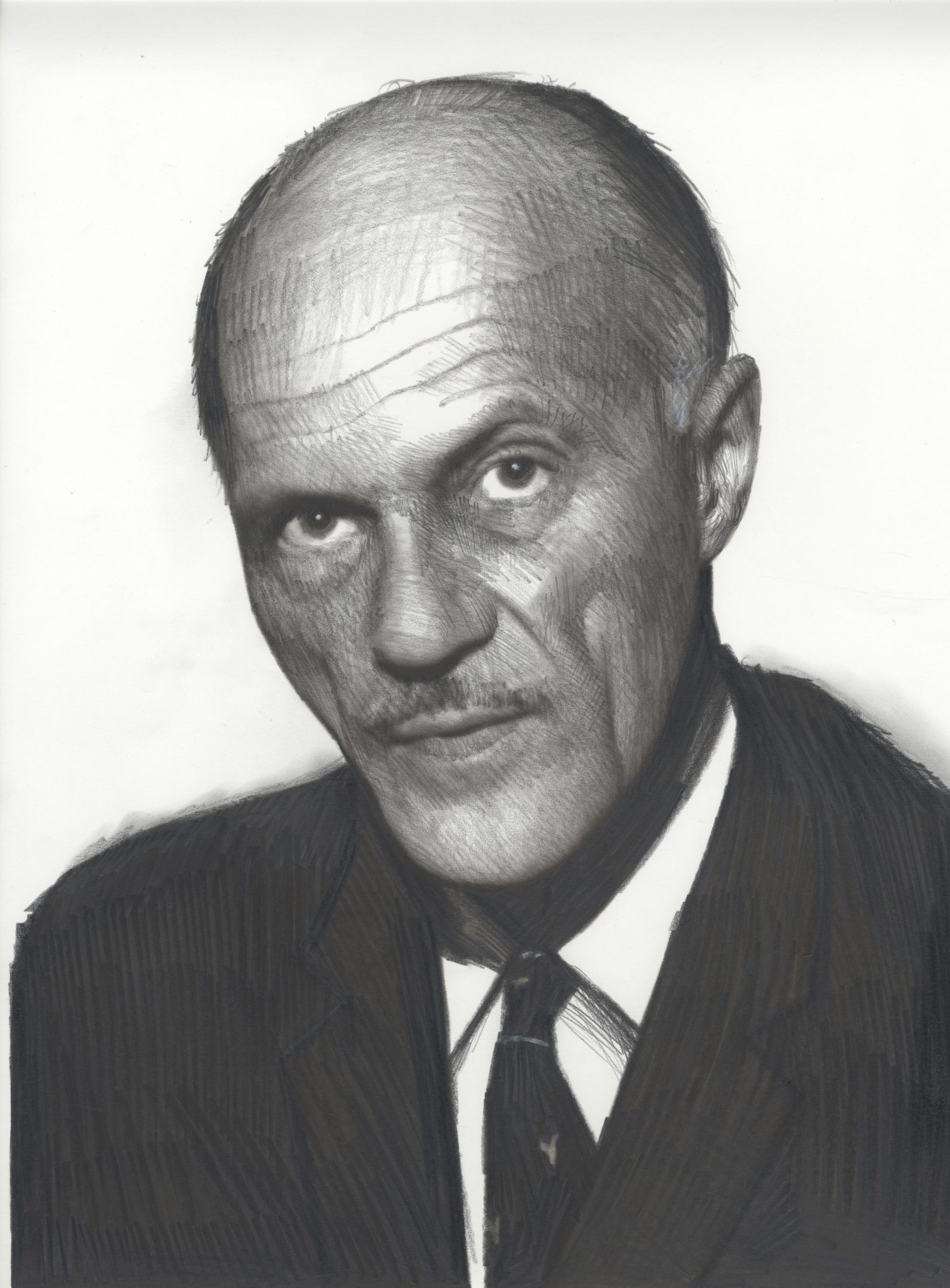Beverley Strahan Shenstone

Nickname: Bev
Birth Date: June 10, 1906
Birthplace: Toronto, Ontario
Death Date: September 11, 1979
Year Inducted: 2016
Awards: BSc; MSC; FCASI, FAIAA
Following a master’s degree in aeronautics, Bev Shenstone had a stellar career in aircraft design. Known for creation of the Spitfire wing, his vast work in aviation continued post-war in Canada and England, in consultation and design of military and civil aircraft and in holding key positions with commercial airlines.
Master in Aeronautics
Beverley Strahan Shenstone, commonly known as ‘Bev’, was the first Canadian to graduate from a Canadian university with a master’s degree in aeronautics. He received the degree from the University of Toronto in 1929, having first obtained a B.Sc. in Mechanical Engineering while studying there from 1924 to 1928.
During the summer break in 1927, he obtained work with the British Air Ministry in London, England, exposed to the latest in aerodynamic theory. While studying for his master’s degree, he completed a range of tests in wind tunnel aerodynamics which led to his innovative thesis on aspects of stability for the Vickers Vedette flying boat.
Studying and Flying
During his time in graduate studies, he joined the Provisional Pilot Officers Program with the Royal Canadian Air Force. While undergoing flight training, he developed an understanding of flying characteristics of different aircraft that could cause difficulty for student pilots. After completing his master’s degree, he moved to Dessau, Germany to gain experience in aircraft construction and design at the Junkers aircraft company. In his spare time, he earned an advanced glider pilot’s licence.
Outfitting the Spitfire
In 1931, he moved to England to further his experience. His expertise in aerodynamic theory and mathematics led to a job with the Vickers Supermarine Company. While there, Shenstone made what is considered his greatest design contribution, the elliptical wing for the prototype Spitfire, a feature that became the aircraft’s most identifying characteristic. He argued for the unique shape, which would allow this new fighter to carry eight guns and provide outstanding aerodynamic flying qualities. When the Spitfire first flew in 1936, it was the fastest fighter in the world at a time when most aircraft of the Royal Air Force were biplanes.
Design Improvements
In 1938, at age 32 and after working on designs of military aircraft, he took a position with the Directorate of Civil Research and Production with the British Air Ministry. In 1940 he transferred to the newly formed Ministry of Aircraft Production, then posted to serve with the British Air Commission in Washington, working to ensure design improvement of aircraft delivered to the RAF.
The Canadair North Star
He was hired by the Canadian Department of Munitions and supply to work on aircraft development. Sent by Trans-Canada Airlines to California, he worked on specifications for a new transport aircraft that became the Canadair North Star, and later was involved convincing the RCAF to adopt it as a military transport aircraft. Late in 1944 he became technical advisor at the Canadair plant in Montreal.
Avro and BEA
In 1946 he moved to Toronto to serve as the assistant to the president and general manager of A.V. Roe Canada Ltd. There he was involved in technical management aspects of the new Avro Jetliner and CF-100 jet fighter. In April 1948 he was hired in the recently formed British European Airways (BEA), returning to England in charge of BEA’s engineering development. He was responsible for airworthiness, engineering and maintenance, and aircraft acquisition and development.
A Modern Airline
Notable achievements for BEA included introduction of the Vickers Viscount as the world’s first turboprop airliner in 1949, and introduction of helicopters for BEA use. He was also involved with introduction of the company’s first jet services, starting in 1960 with Comet aircraft. He saw the airline develop from the era of the DC-3s to a modern and profitable airline moving from piston power to turboprops to the jet age. From the beginning, he was involved in the program to develop a supersonic passenger aircraft. A Supersonic Transport Advisory Committee was formed in 1956 to make recommendations, and Shenstone represented BEA on the technical sub-committee.
Honours and Recognition
In 1965 he moved from BEA to become technical director for British Overseas Airways Corporation. He retired from there in December 1966 after association with projects that included the airline’s future involvement with t supersonic Concorde. He received many honours recognizing his achievements. In 1982 the U of T posthumously named him to the Faculty of Applied Science and Engineering Hall of Distinction, recognizing his contributions to the design of the Spitfire and the North Star. He was named an Honorary Fellow of the Canadian Aeronautics and Space Institute (CASI), and also as a Fellow of the American Institute of Aeronautics and Astronautics.
He retired to Cyprus in 1966 where he remained until his death on November 9, 1979.
‘Bev’ Strahan Shenstone was inducted as a Member of Canada’s Aviation Hall of Fame at a ceremony held in Ottawa, Ontario in 2016.
Bev Shenstone – 2016 Inductee
To return to the Inductee Page, please click here.
